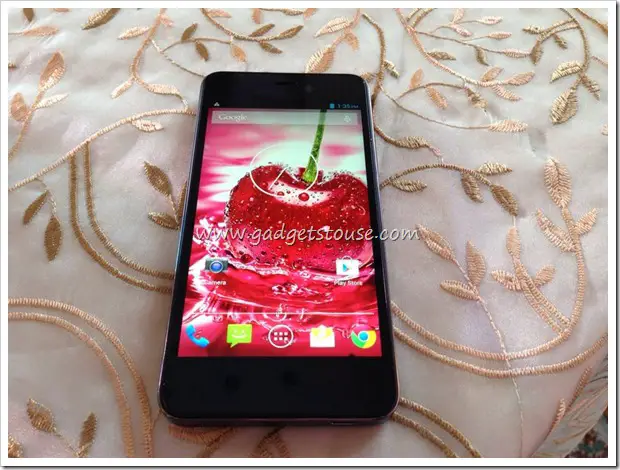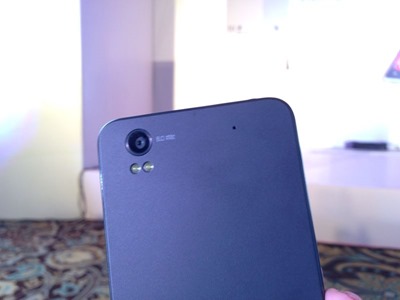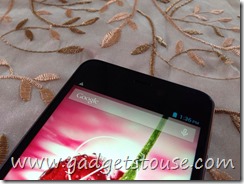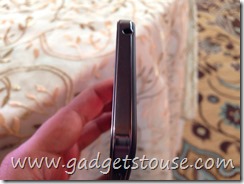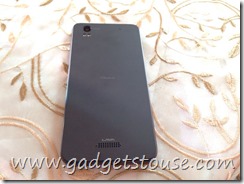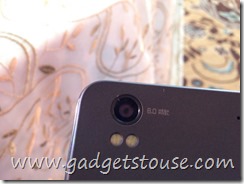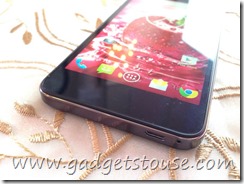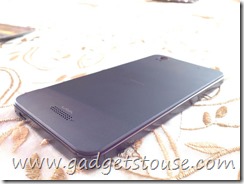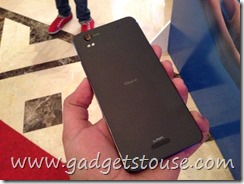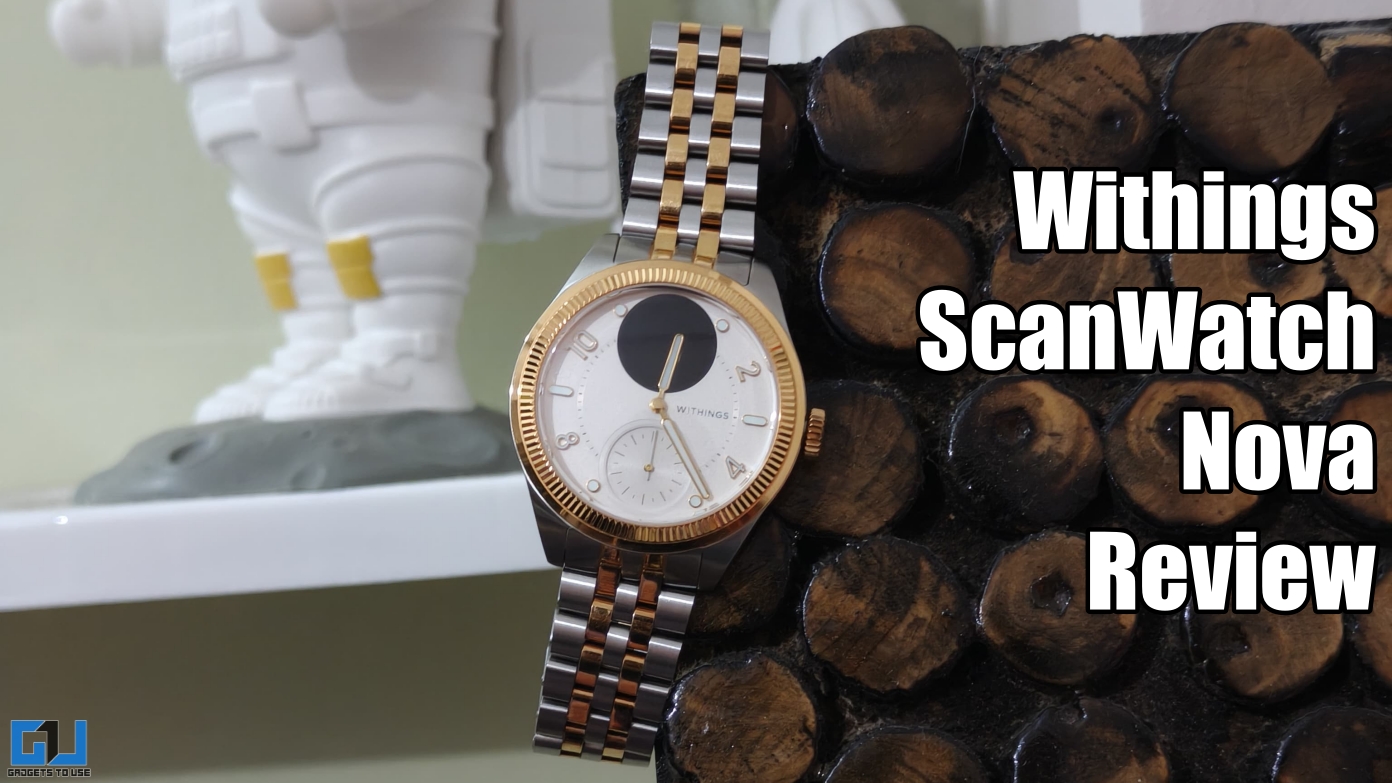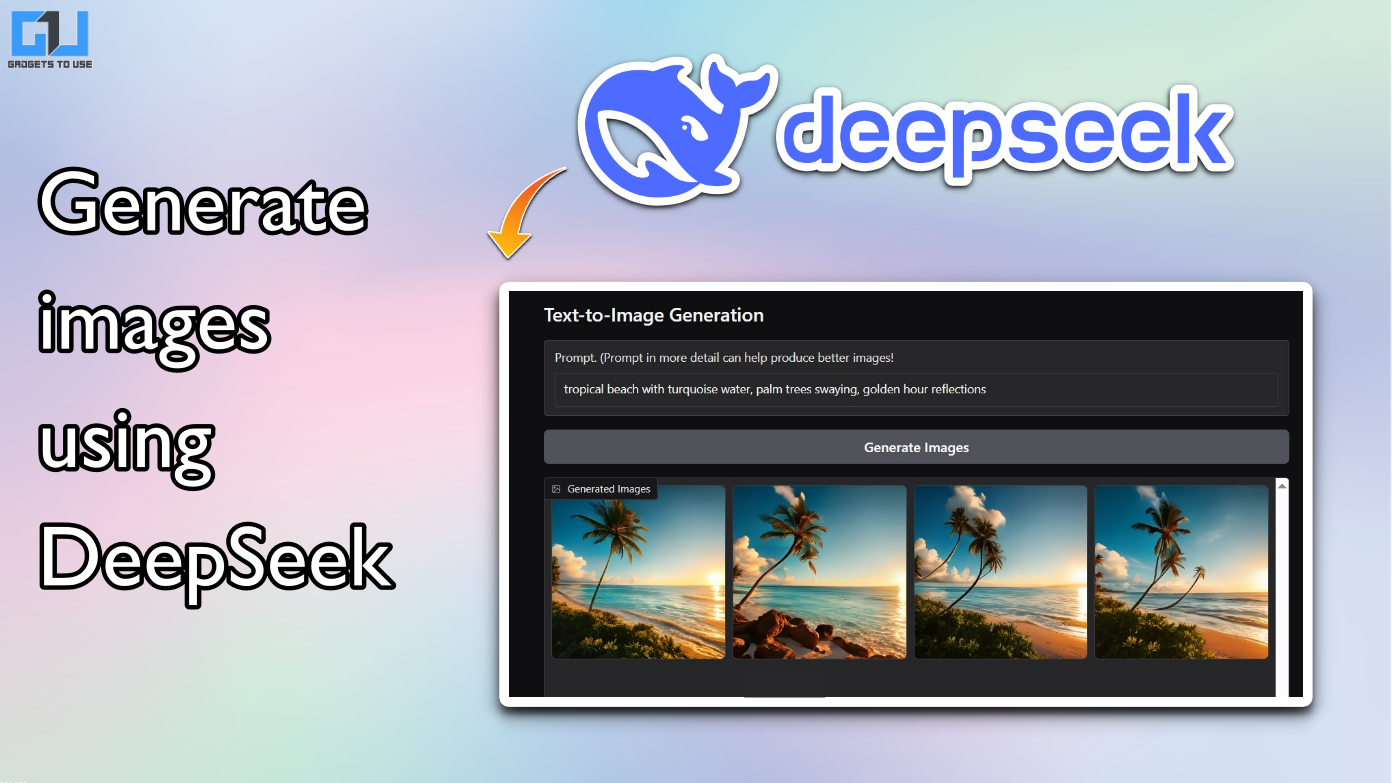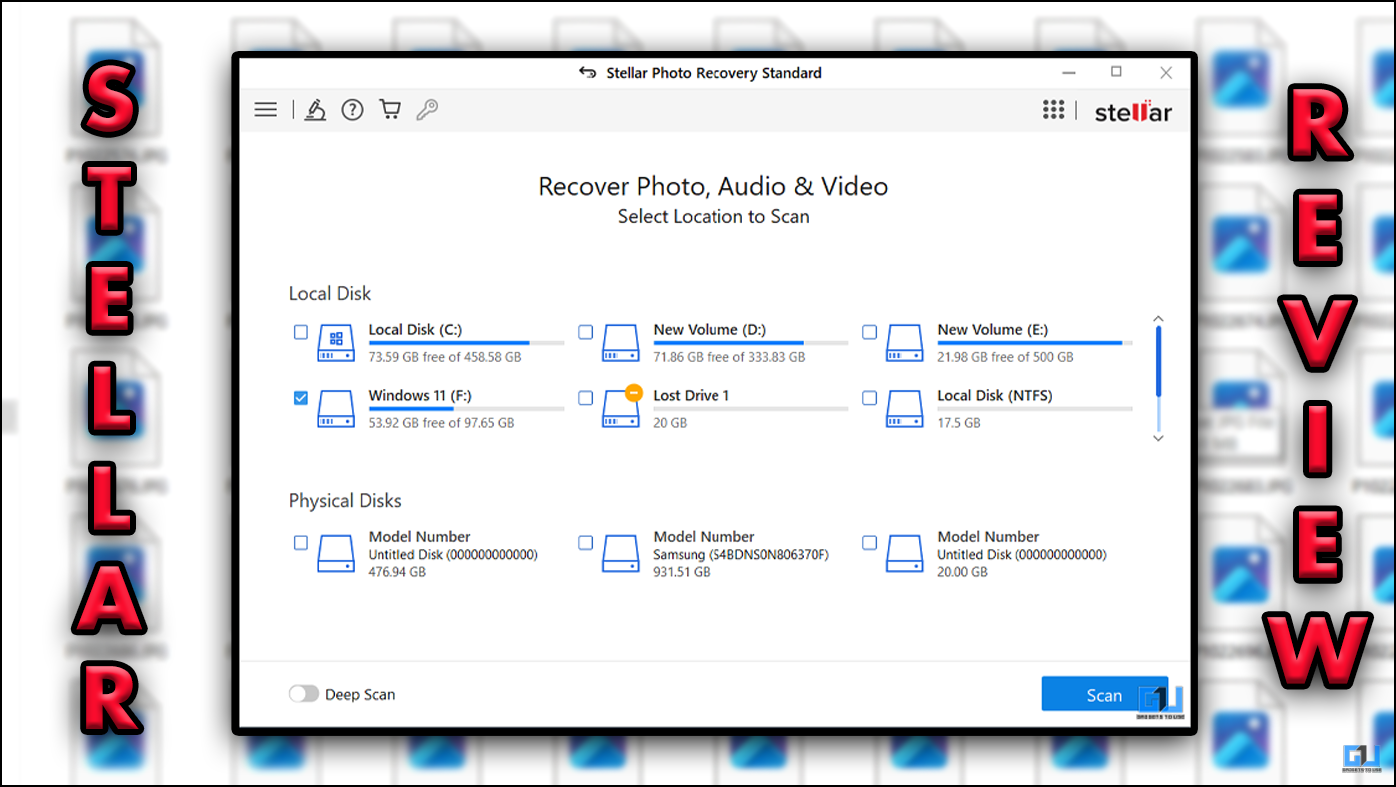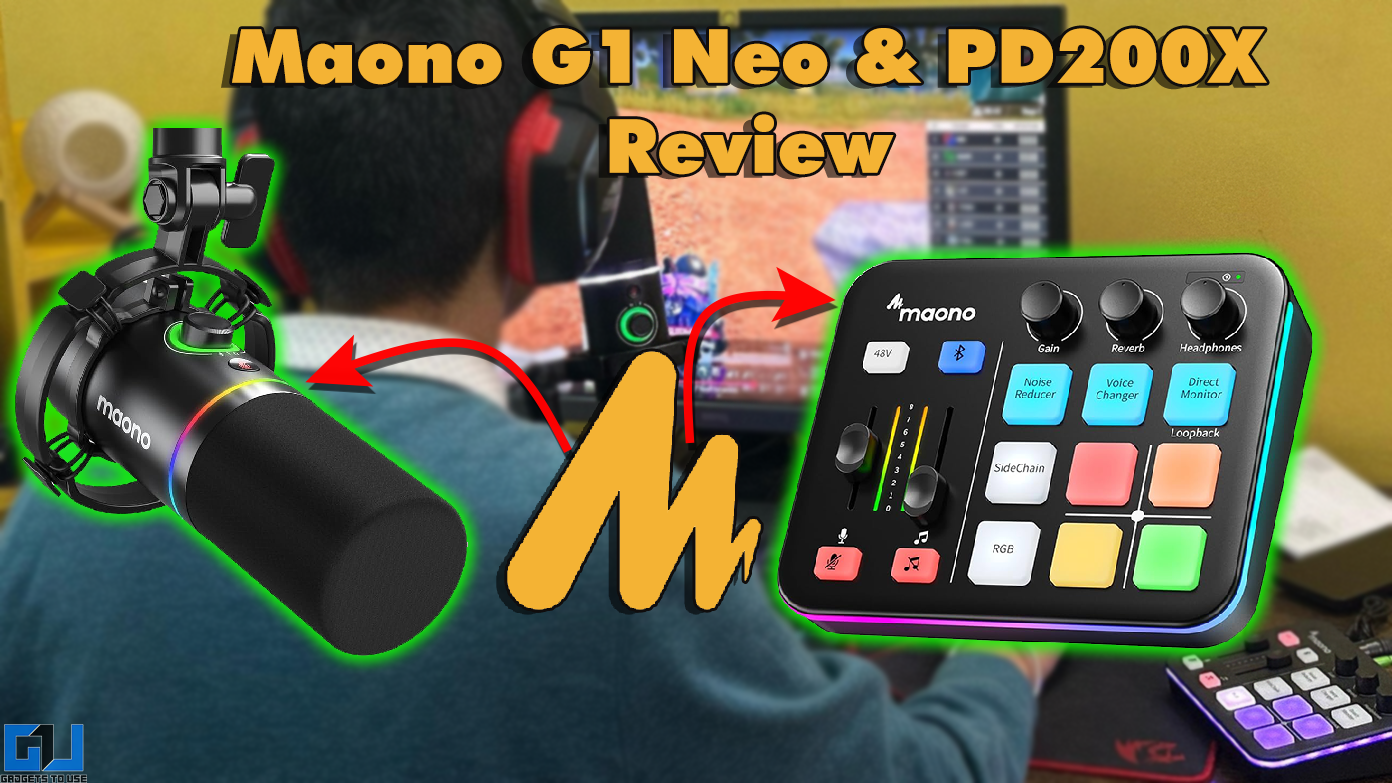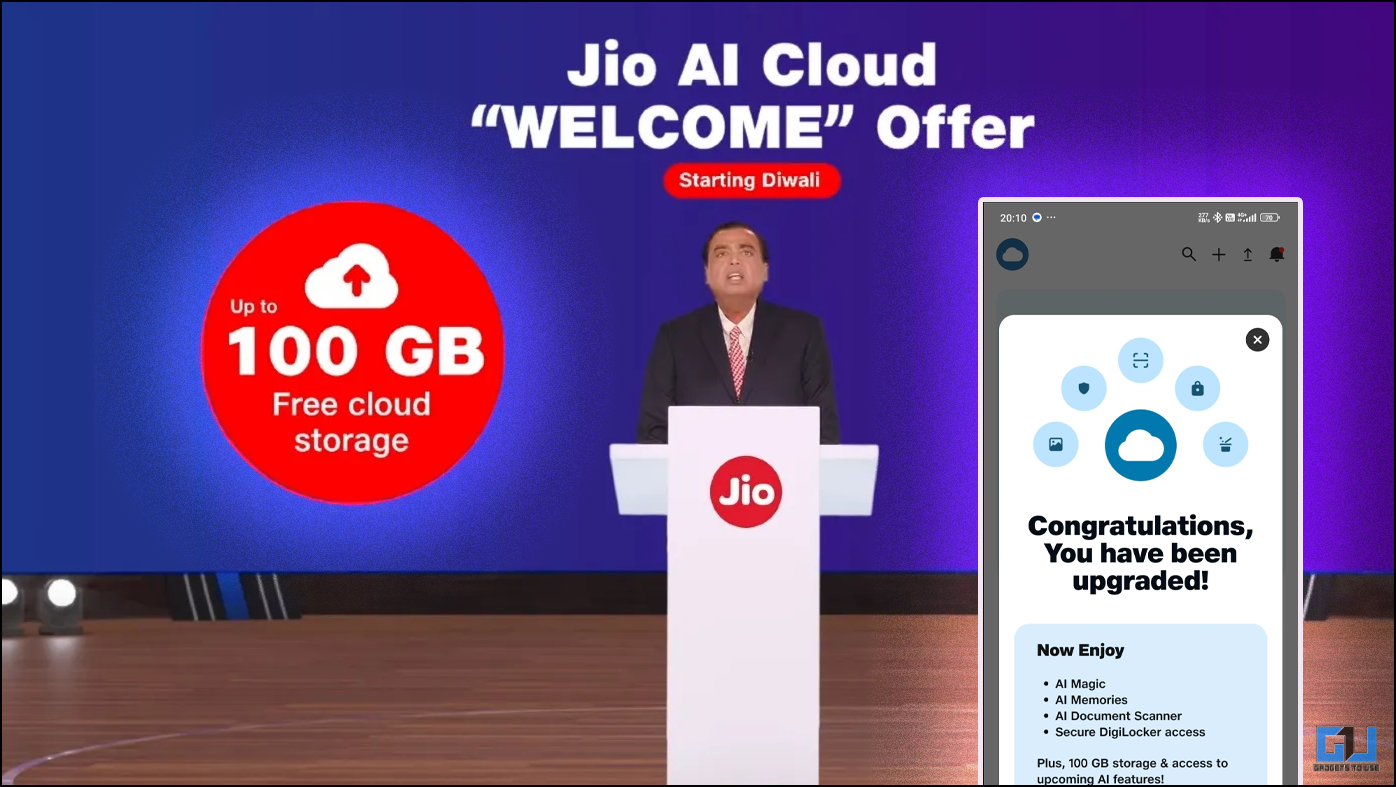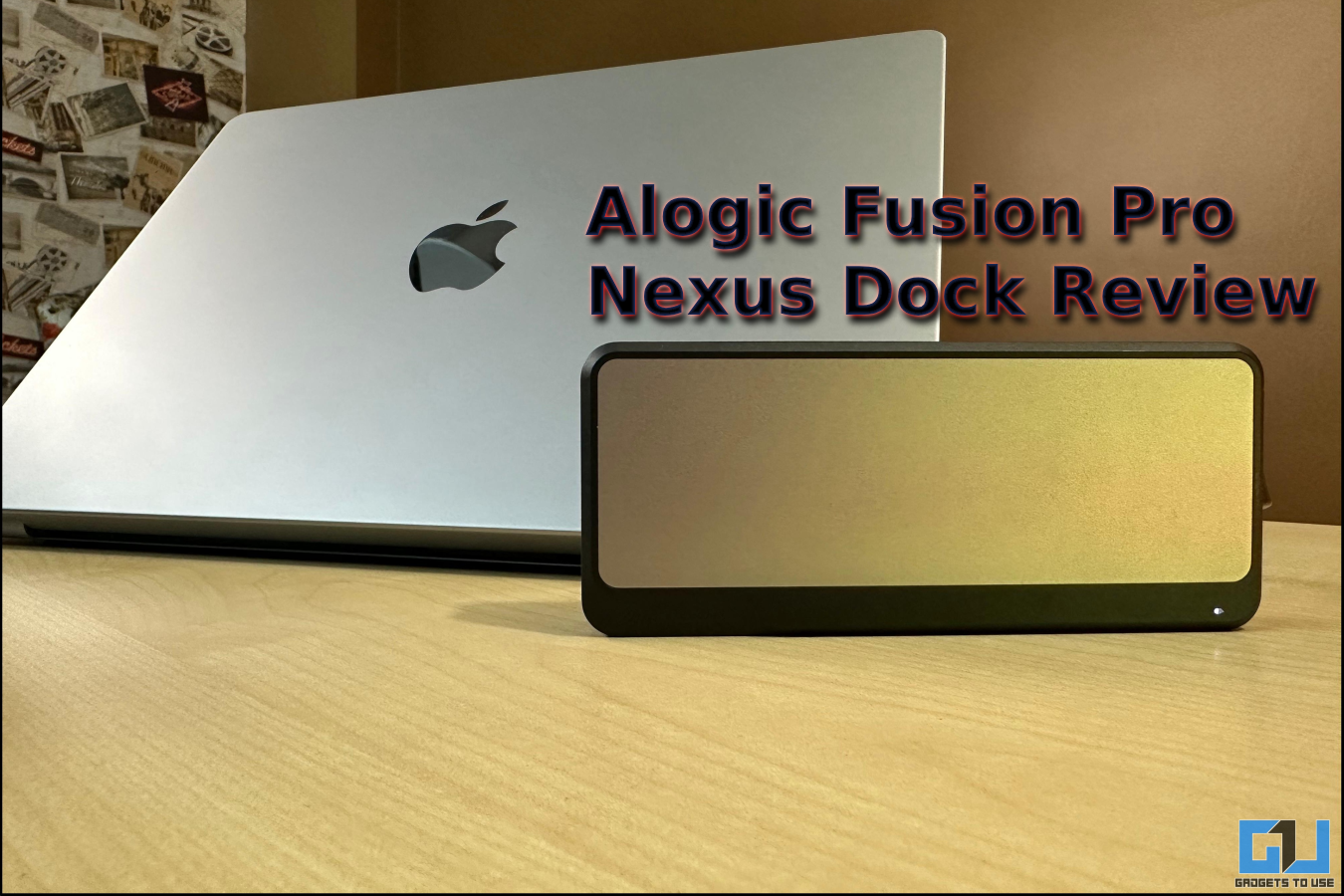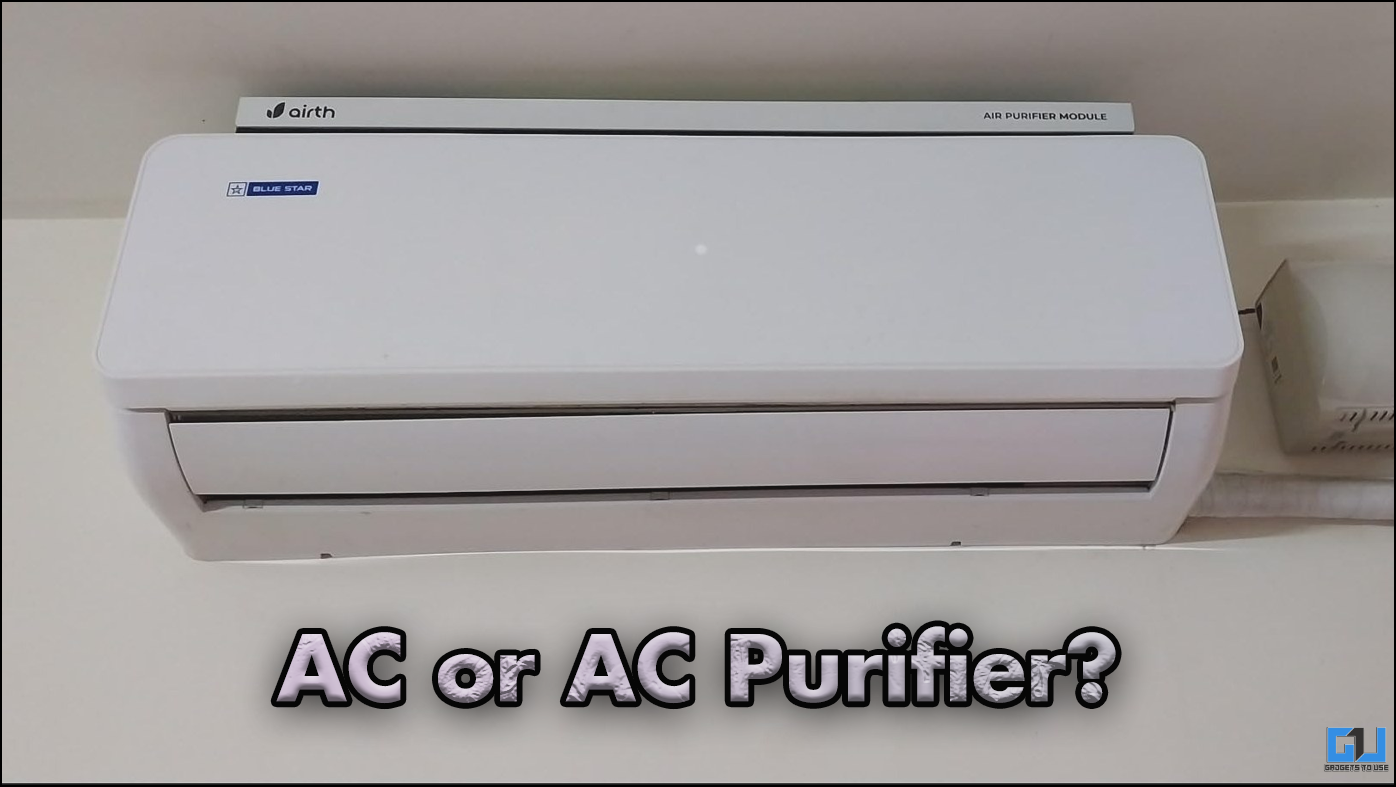Quick Answer
- Lava has been teasing its Iris Pro series for a while now and today it unveiled the first phone in this series – The Lava Iris Pro 30, which flaunts a 4.
- The camera module is similar in performance to what we have seen on most domestic manufacturer devices and staggers a bit in low light condition.
- The loud speaker is conventionally placed at the back with the 8 MP camera at the top left side with Dual LED flash below it.
Lava has been teasing its Iris Pro series for a while now and today it unveiled the first phone in this series – The Lava Iris Pro 30, which flaunts a 4.7 inch display from world renowned Sharp Industries with LCM500 brightness, OGS (one glass solution) technology and Corning Gorilla Glass protection. The Phone comes in a sleek body design (only 7.5 mm) and with a weight of only 114 grams, which makes it one of the lightest phones in its category.
We got to spend some time with Lava Iris Pro 30, with all those glittery Display features and test the Sharp Technologies HD display for ourselves at today’s launch event. Let’s take a look at what this premium series phone, with all that glittery spec-sheet, exactly brings to the table.
Lava Iris Pro 30 Quick Specs
- Display Size: 4.7 inch IPS LCD, LCM500 Display from Sharp Technologies with 720 x 1280 resolution with Content Adaptive backlight control, lamination and Corning Gorilla Glass protection
- Processor: 1.2 GHz Quad Core with PowerVR SGX 544 GPU
- RAM: 1 GB
- Software Version: Android 4.2 (Jelly Bean)
- OS Camera: 8 MP AF camera with Dual LED flash, Blue light Filter
- Secondary Camera: 3 MP front-facing camera FF [Fixed Focus]
- Internal Storage: 4 GB (2.43 GB available at User end), Expandable to 32 GB using MicroSD support
- External Storage: Yes, upto 32 GB with MicroSD card expansion slot.
- Battery: 2000 mAh battery Lithium Ion
- Connectivity: 3G, Wi-Fi 802.11 b/g/n, Bluetooth 4.0 with A2DP, aGPS, 3.5mm audio jack, FM Radio
- Others: OTG Support – Yes, Dual SIM – Yes, LED Indicator – Yes
- Sensors: Accelerometer, gyro, proximity
Lava Iris Pro 30 Hands on Review, Benchmarks, Camera, India Price and Overview [Video]
Design and Build
So, how light does Lava Iris Pro 30 feel? The answer is extremely light. The phone is very comfortable to hold with a 4.7 inch display, light weight and 7.5 mm of sleekness. It is not the slimmest or lightest phone ever, but such phones are quite rare. The phone felt good in hand and optimum for single handed usage.
Volume rocker and power key are both placed on the right edge. The loud speaker is conventionally placed at the back with the 8 MP camera at the top left side with Dual LED flash below it. The phone has dual Microphones for noise cancelation(one at the bottom and one next to the camera module at the back). Overall with all the metal look alike plastic bezels running around it, the phone is quite premium and comfortable to hold.
Display
The display specs, as mentioned above, feature big names and fancy terms and the display is quite good but definitely not the best. Viewing angles are pretty good and well matched with the OGS display tech and 312 pixels per inches; we didn’t notice any pixilation in the display. The display was bright enough but nothing extra-ordinary there. The Content Adaptive backlight control worked quite accurately. The display enjoys gorilla glass protection and the complete lamination eliminates gap between display and glass.
Camera and Internal Storage
The primary camera has an 8 MP BSI sensor along with blue light filter and performs pretty well in full light condition. The camera module is similar in performance to what we have seen on most domestic manufacturer devices and staggers a bit in low light condition. The front 3 MP shooter is quite customary as well.
The internal storage is 4 GB which slightly disappointing. With support of USB OTG, you can get around most of your storage issues comfortably, but we expect at least 8 GB Nand Flash storage at this price range.
Processor and Battery
The processor employed is 1.2 GHz Quad core processor and since it’s a MediaTek processor, cores are most likely based on Cortex A7 architecture. The RAM backing up this processor is 1 GB which should be sufficient enough for smooth multi tasking. We didn’t notice any UI lag in our initial time with the device. We will be coming up with more performance details in our full review pretty soon. On the software front you will get Android 4.2 jelly bean which is upgradeable, that is sufficient to keep the ambers of hope for KitKat update burning. The Battery capacity is 2000 mAh and with Content Adaptive backlight control saving up to 30 percent of battery backup, we can expect this to last one day.
Lava Iris Pro 30 Photo Gallery
Initial Conclusion and Overview
The domestic manufacturer promised a premium built quality with Lava Iris Pro series and it has delivered on that count. The guts haven’t changed much from what we have seen earlier but the effort is commendable. Lava Iris Pro 30 is an attractive handset which feels good in hand and offers a high end display. We are excited to spend more time with the device and for future phones in the Iris Pro series as well.
